Identify Verbs in Sentences Worksheets
If you're searching for a helpful tool to enhance your grammar skills, then these worksheets are just what you need. Designed specifically for individuals who want to improve their understanding of verbs and sentence structure, these worksheets are aimed at learners of all ages and proficiency levels. Within this collection, you'll find a wide variety of exercises and activities that will allow you to identify verbs in sentences with ease.
Table of Images 👆
- Present Tense Verbs Worksheets 1st Grade
- Subject Verb Agreement Worksheets
- Subject and Predicate Worksheets
- Identifying Subject and Predicate Worksheet
- Subject Verb Agreement Worksheet Answer Key
- Identifying Parts of Speech Worksheets
- Nouns and Verbs Worksheets Sentences
- Reading Sentences Plurals
- Run On Sentences Worksheets
- Basic Sentence Structure Worksheets
- Subject Verb Agreement Cartoons
- Commonly Confused Words Worksheet
More Sentence Worksheets
Kindergarten Sentence Worksheets4 Types of Sentences Worksheets
Simple Sentences for Kindergarten Worksheet
Simple Sentence Worksheets 6th Grade
Kindergarten Sentence Practice Worksheets
Four Types of Sentences Worksheets
A 5 Sentence Paragraph Writing Worksheet
What is a verb?
A verb is a word that expresses an action, occurrence, or state of being. It is an essential element in a sentence that indicates what the subject of the sentence is doing, what is happening to the subject, or how the subject exists. Verbs are crucial for conveying meaningful information and ensuring that sentences are complete and coherent.
What is the role of a verb in a sentence?
The role of a verb in a sentence is to express an action, state, or occurrence. It is the primary component that indicates what the subject of the sentence is doing or experiencing. Verbs also help to convey tense, mood, and aspect, providing crucial information about the timing and nature of the action being described within a sentence.
Give an example of a sentence with a transitive verb.
She baked cookies for her friends.
Give an example of a sentence with an intransitive verb.
She sleeps peacefully.
How can you identify a verb in a sentence?
To identify a verb in a sentence, look for a word that describes an action, occurrence, or state of being. Verbs can also show tense, such as past, present, or future. Additionally, verbs can often be modified by adverbs or verb phrase components. For example, in the sentence "She danced gracefully," the word "danced" is the verb as it describes the action performed by the subject "she.
What is the difference between a main verb and a helping verb?
A main verb is the primary action or state of being in a sentence, indicating what the subject is doing or experiencing, while a helping verb, also known as an auxiliary verb, is used alongside the main verb to convey additional information such as tense, mood, or aspect. Helping verbs do not stand alone as the main verb in a sentence but work in conjunction with the main verb to provide more context or meaning.
Give an example of a sentence with a linking verb.
She looks tired after the long day at work.
Can a sentence have more than one verb?
Yes, a sentence can have more than one verb, which is known as a compound verb. In a compound verb, two or more verbs are connected by a coordinating conjunction or a correlating conjunction. This allows the sentence to convey multiple actions or states of being happening simultaneously or sequentially.
How does tense affect the form of a verb?
The tense of a verb indicates the time at which an action took place. Different tenses require specific forms of verbs to show this time relation, such as adding an -ed ending for regular verbs in the past tense or using auxiliary verbs like "will" or "had" for future and past perfect tenses, respectively. Each tense has its own rules for conjugating verbs, and these variations in form help convey the time frame of the action being described.
What are some common irregular verbs in English?
Some common irregular verbs in English are "be" (am/is/are), "have" (has/had), "do" (does/did), "go" (went), "come" (came), "see" (saw), "say" (said), "take" (took), "get" (got), "give" (gave), "know" (knew), "buy" (bought) and "write" (wrote).
Have something to share?
Who is Worksheeto?
At Worksheeto, we are committed to delivering an extensive and varied portfolio of superior quality worksheets, designed to address the educational demands of students, educators, and parents.

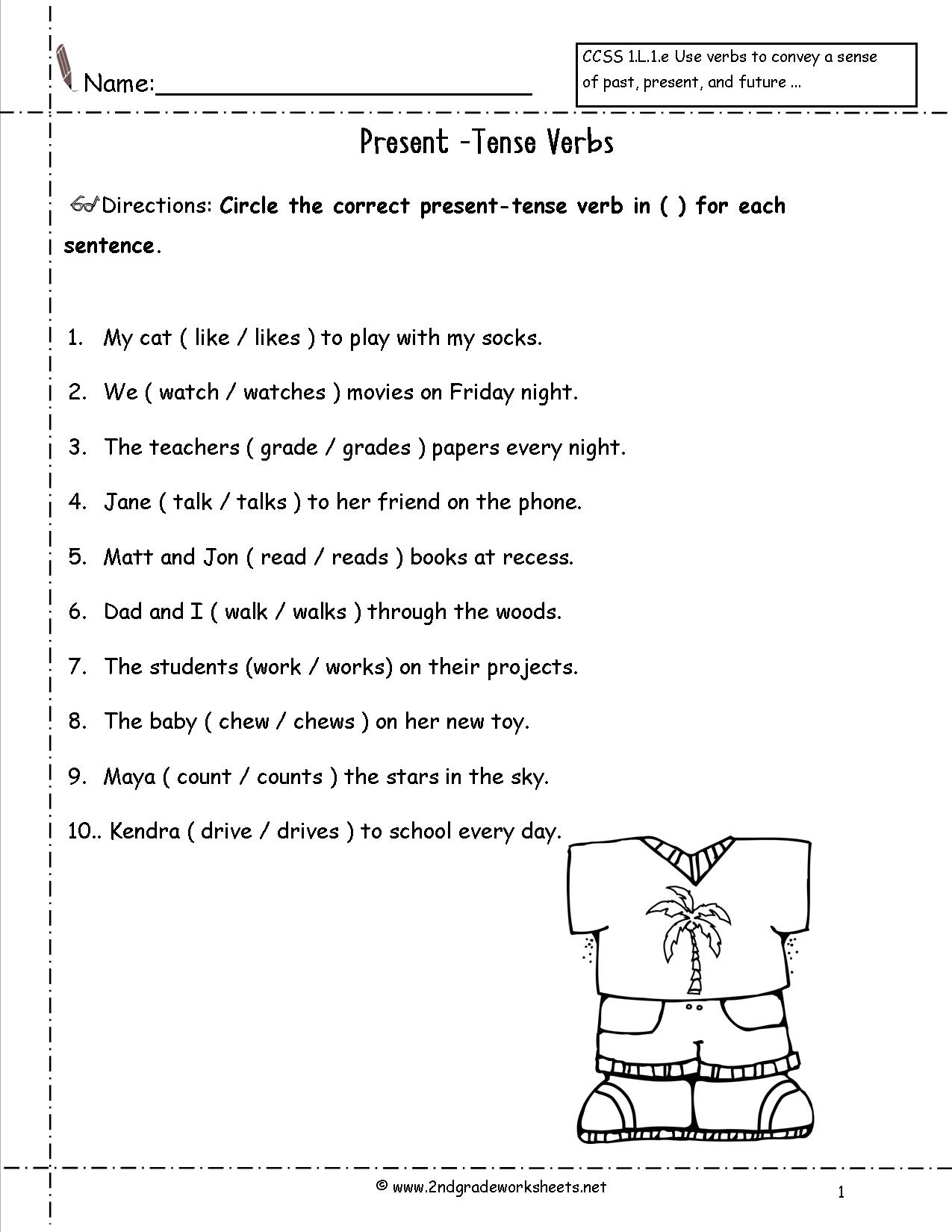



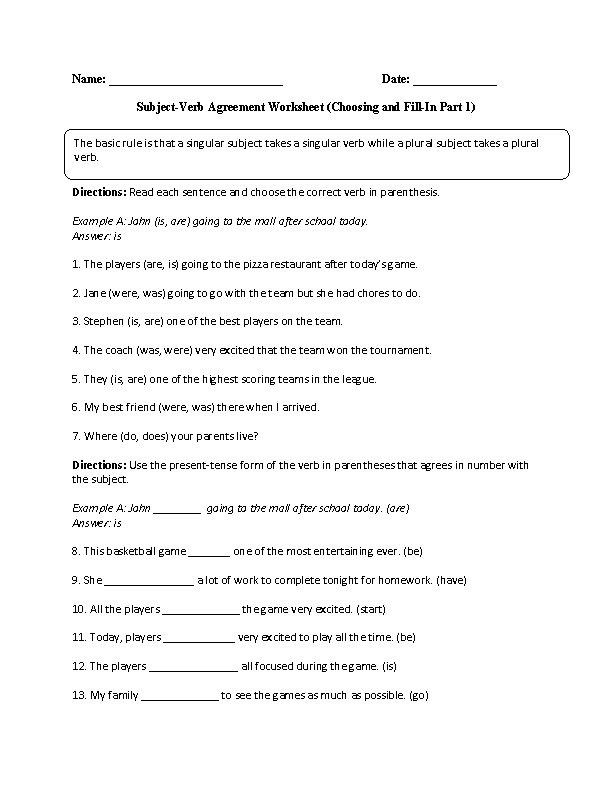
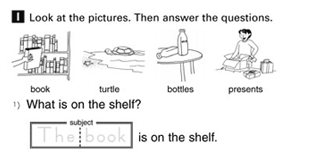
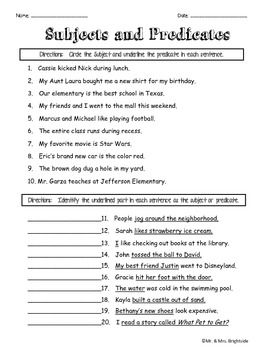
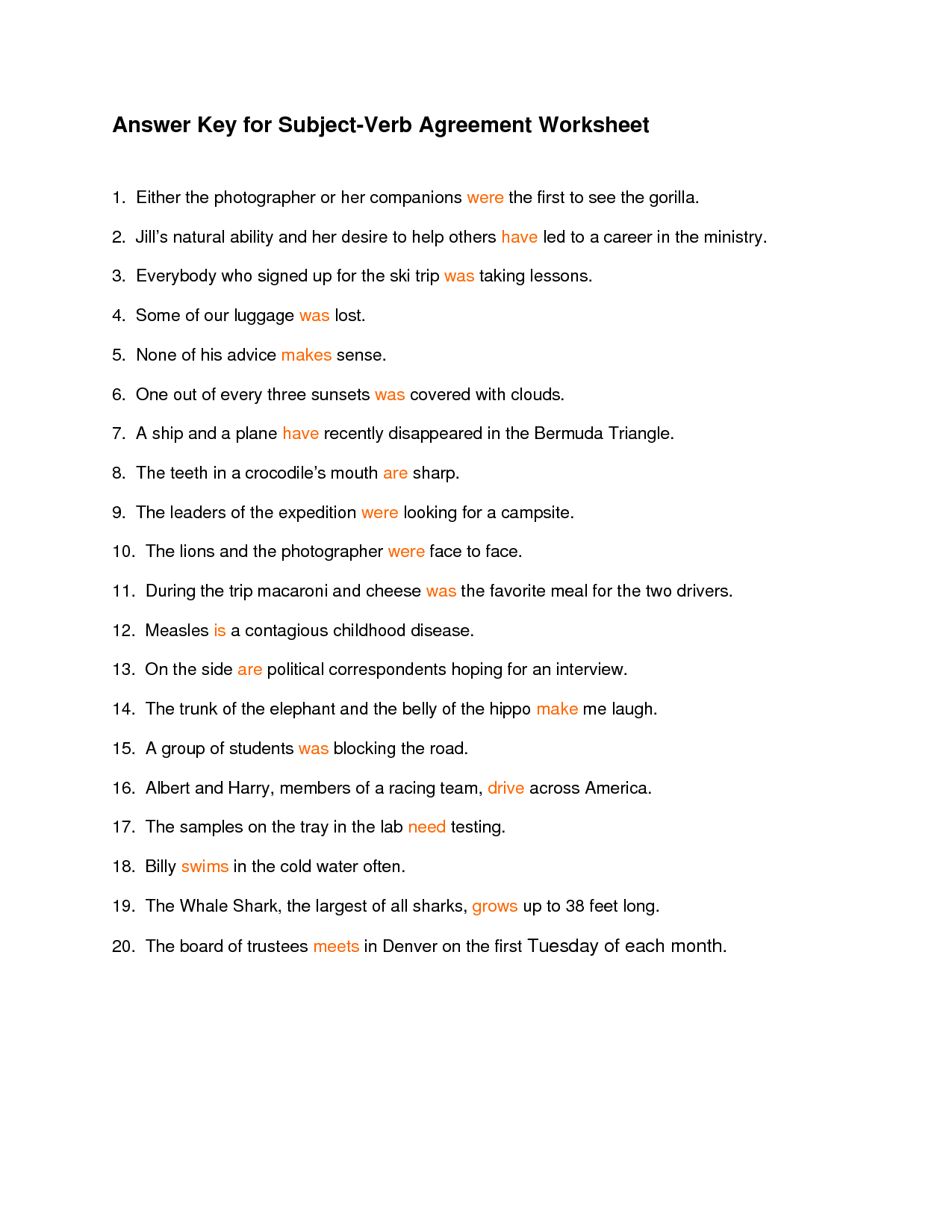
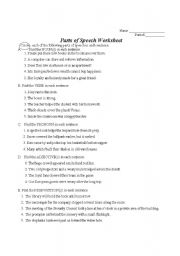
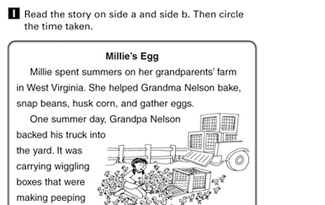
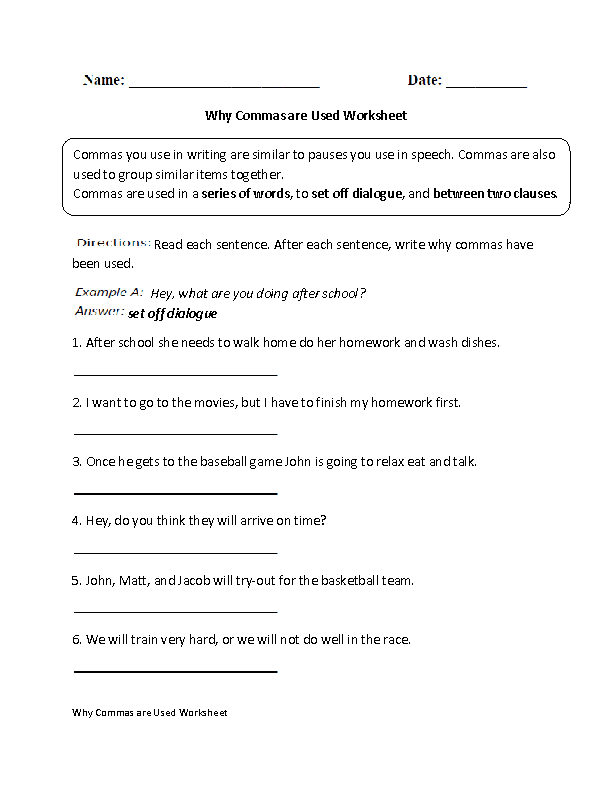
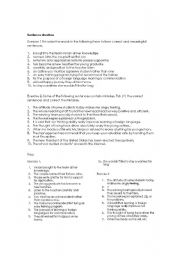
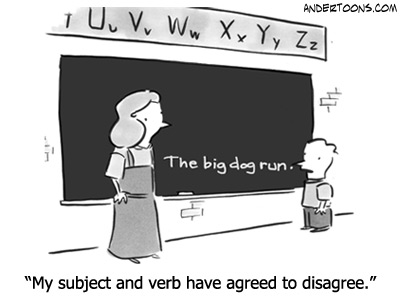
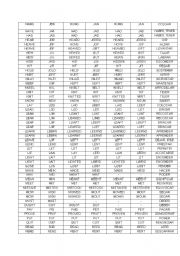
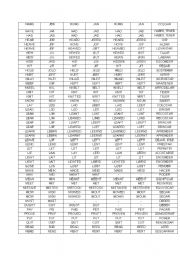
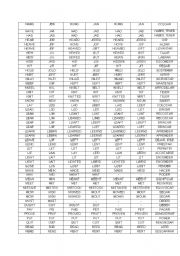
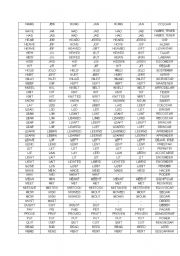
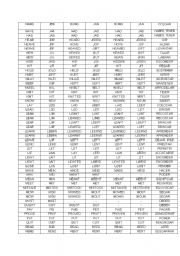








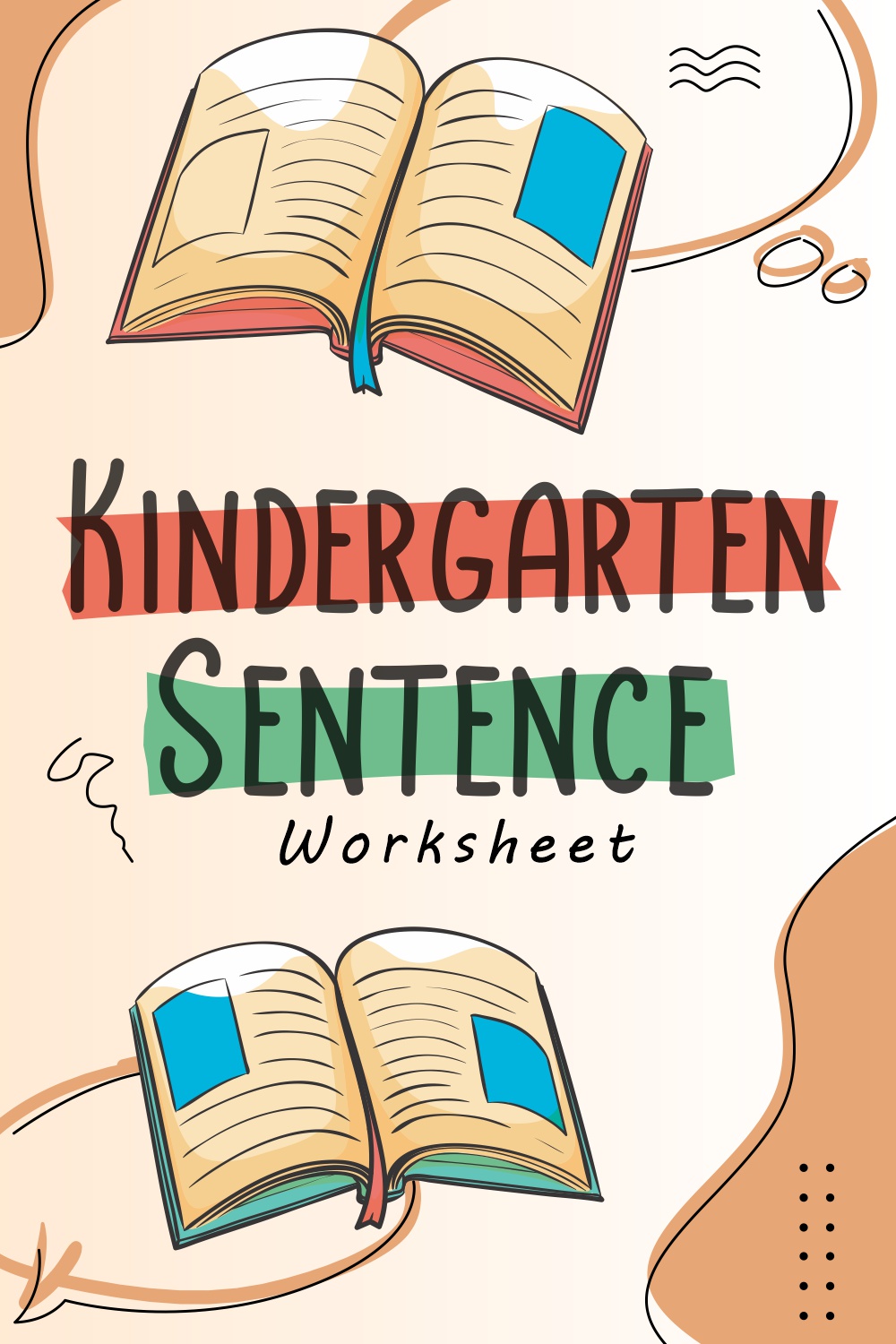
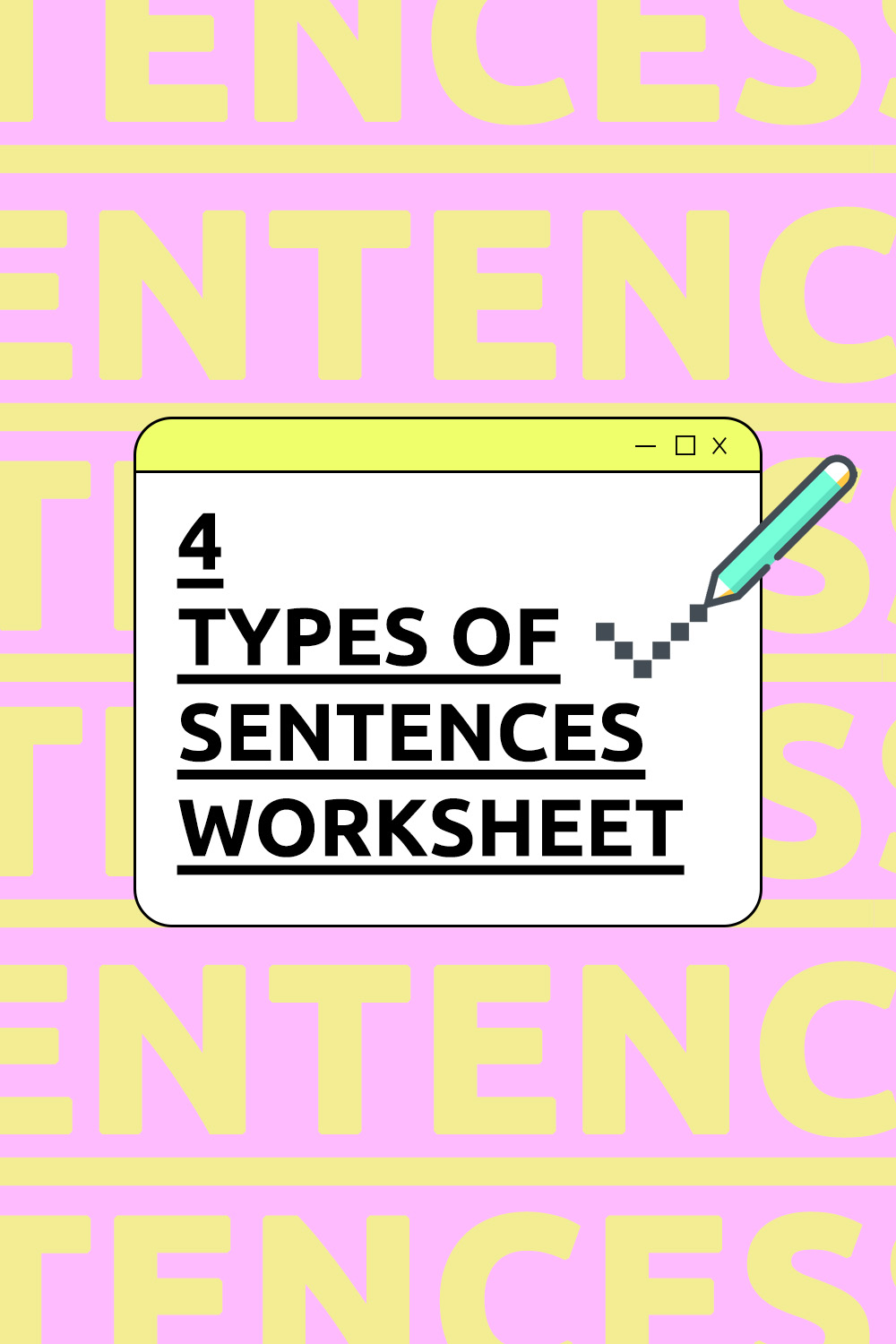
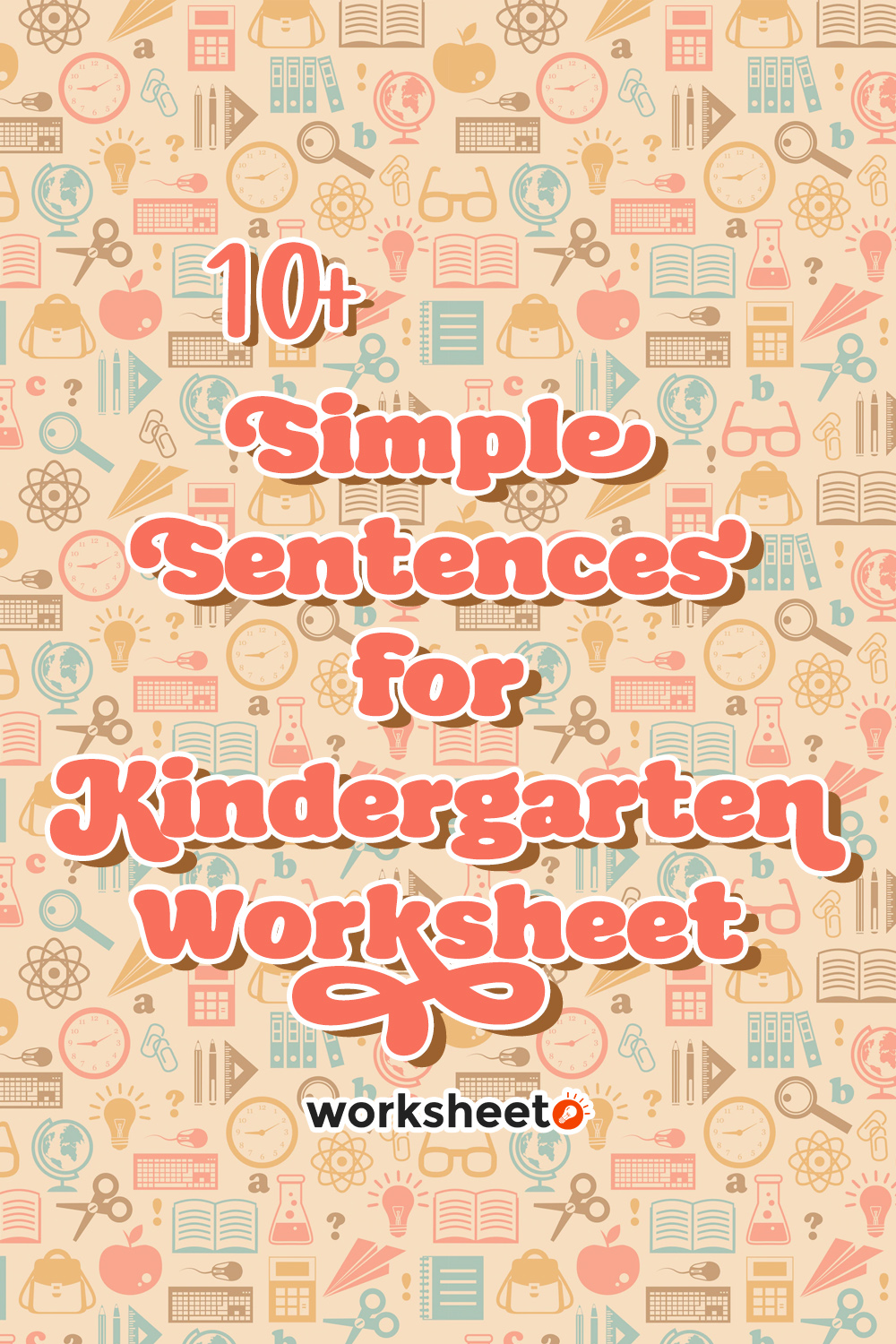
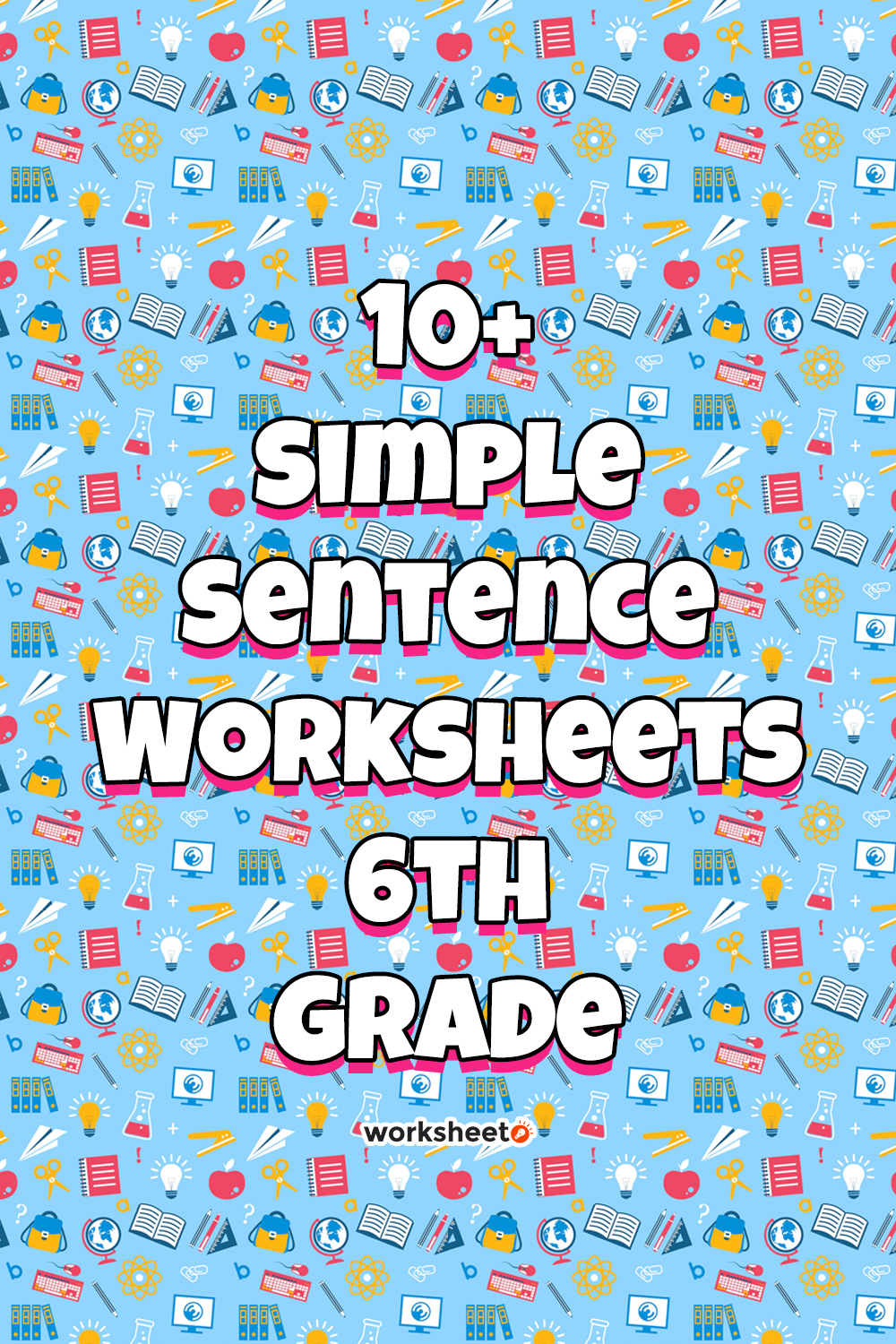
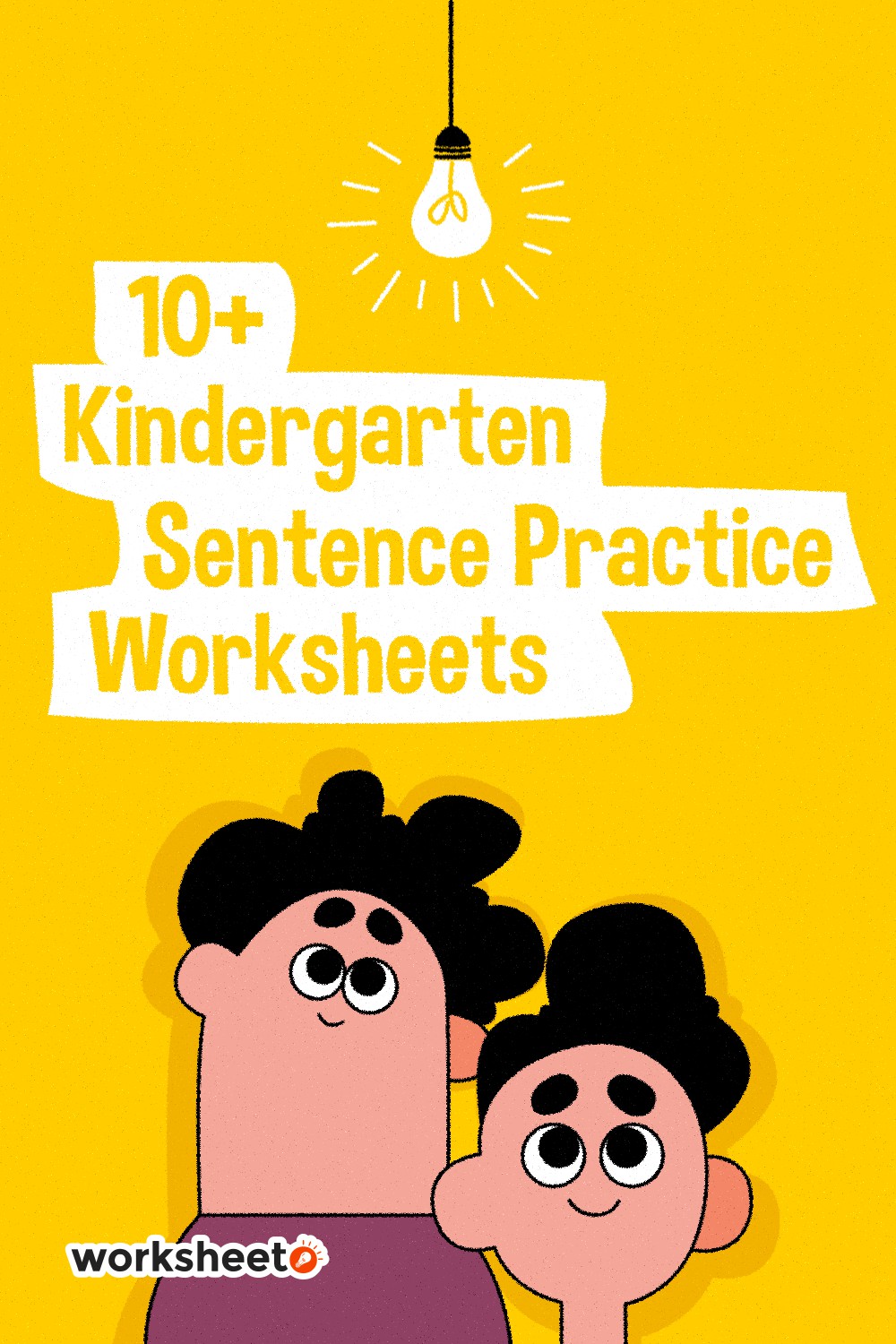
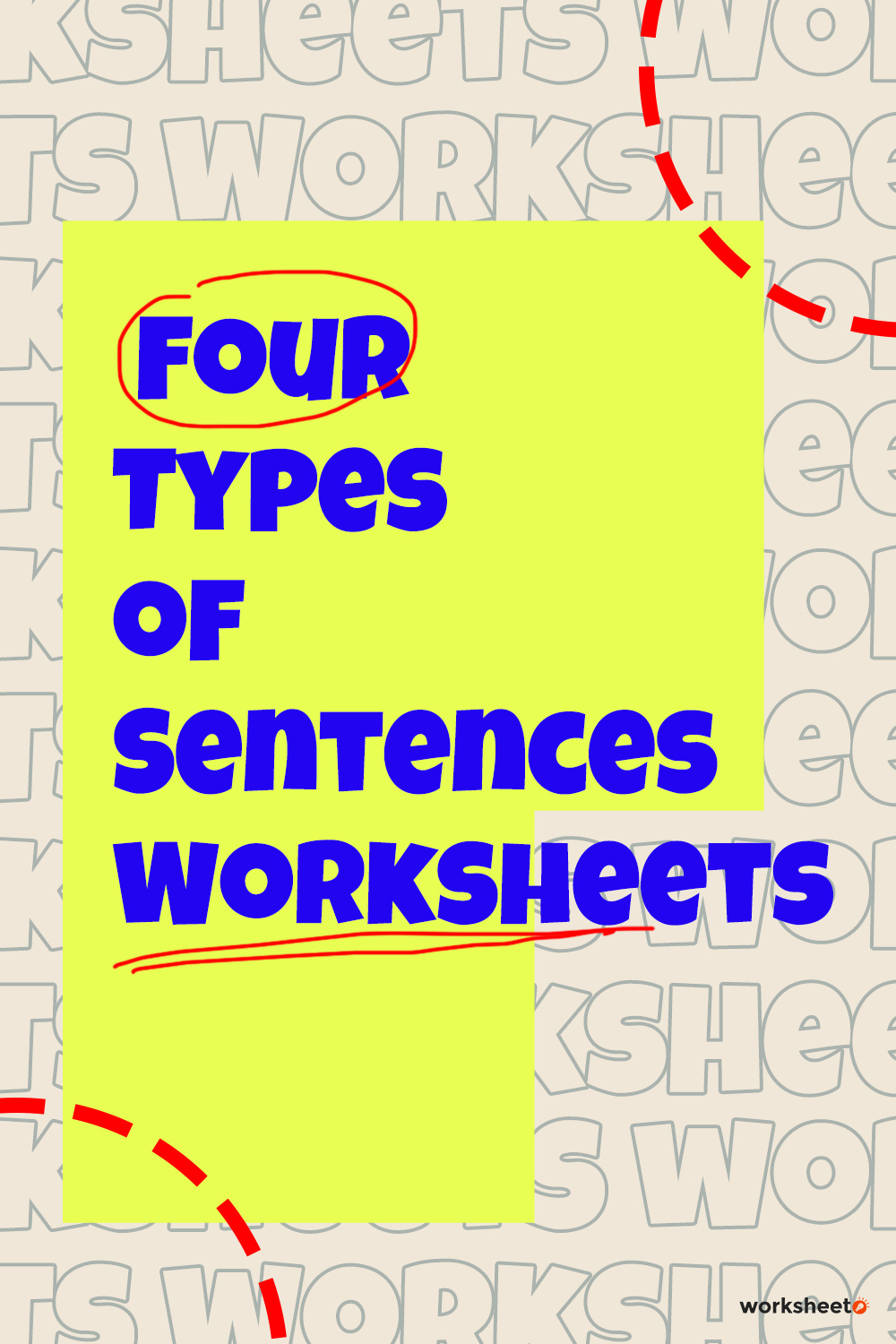
Comments